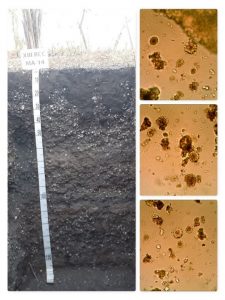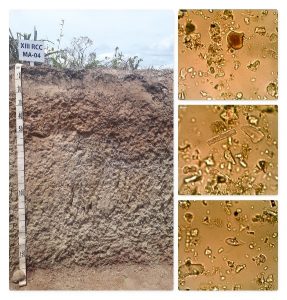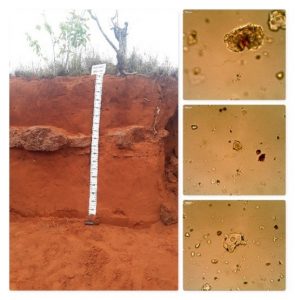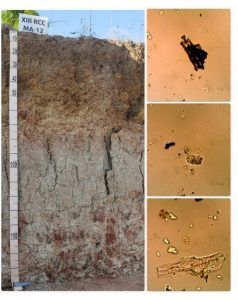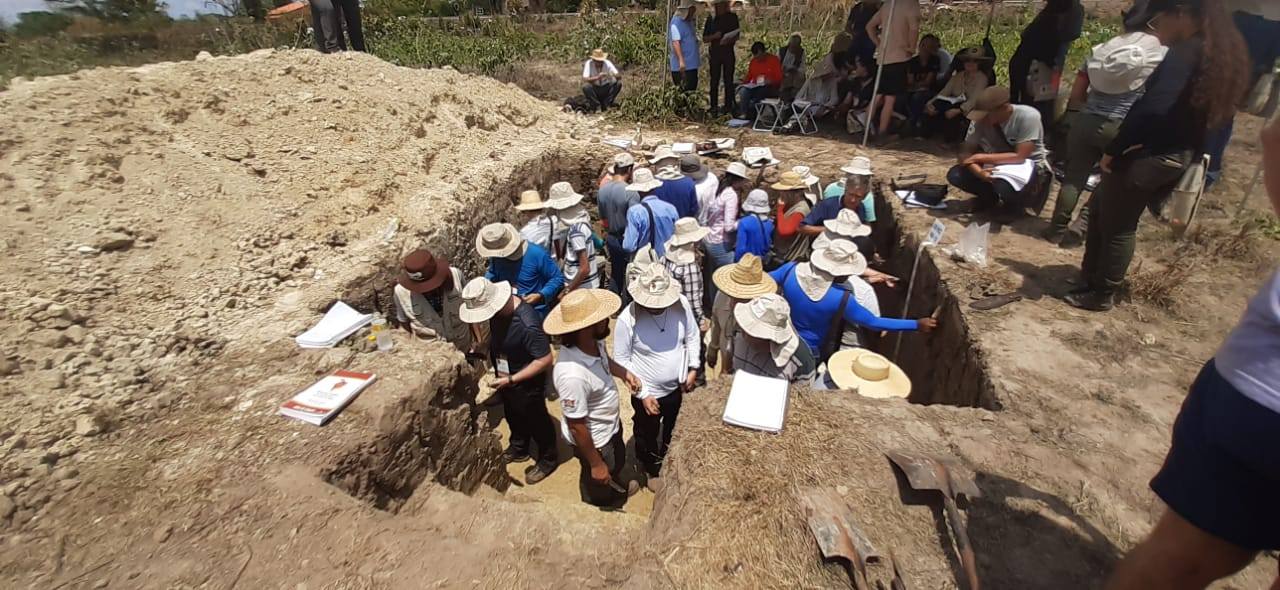
Phytoliths and Soil Classification in Brazil, what do these have in common?
- Post by: phytoliths@admin
- November 28, 2019
- Comments off
Phytoliths and Soil Classification have many things in common!!!!!
The use of a multiproxy approach to understand vegetation changes and the genesis of soils in Neotropical regions constitutes an area of investigation of great interest, which has recently attracted much attention in Brazil. In this context, the analysis of phytoliths is used as a complementary technique to provide information about two important factors of soil formation: the vegetation (part of the soil organic matter) and the climate.
This information, besides providing data about the past environment through soil memory, is also considered in the definition of a soil type and its subsequent classification.
Between October 19 and 26, 2019, the XIII RCC (Brazilian Meeting of Classification and Soil Correlation) was held in the State of Maranhão, in the northeastern region of Brazil. This technical-scientific event linked to the Brazilian Soil Classification System (SiBCS), was coordinated by the Universidade Estadual do Maranhão (UEMA) and the Universidade Federal do Maranhão (UFMA), in partnership with Embrapa (Empresa Brasileira de Pesquisa Agropecuária), as well as the collaboration of several professors and research institutions in the country, including the Univesidade Estadual do Oeste do Paraná (UNIOESTE) – Campus Marechal Cândido Rondon. The UNIOESTE was responsible for the analysis of phytoliths in several soils, the first time phytolith analysis was applied and phytolith data presented at this important event promoted by the Brazilian Society of Soil Science (SBCS).


Phytolith analysis was applied as a complementary technique to help understand soils in space and time. Four profiles were selected for phytolith analysis: MA-04 (PLANOSSOLO HÁPLICO Distrófico solódico gleissólico peteroplíntico), MA-06 (LATOSSOLO VERMELHO Distrófico petroplíntico argissólico), MA-12 (PLINTOSSOLO PÉTRICO Concrecionário solódico abputico vertissólico argissólico) e MA-14(ANTROPOSSOLO CONCHÍFERO Psamítico hiporbonático êutrico. In these soils, phytoliths helped to answer questions about lithological and pedological discontinuities, the soil formation environment and the dynamics of vegetation in the area of the profiles. The complementary phytolith research presented in this edition of the RCC provided better knowledge of the soil formation environment, resolving doubts that could interfere in the classification of soils, resulting in the improvement of the SiBCS, a major objective of this event.
We thank the organizers for the opportunity to demonstrate the possibilities of phytolith analysis, a technique which is being increasingly used by researchers in Brazil.
A post by Marcia Calegari.

